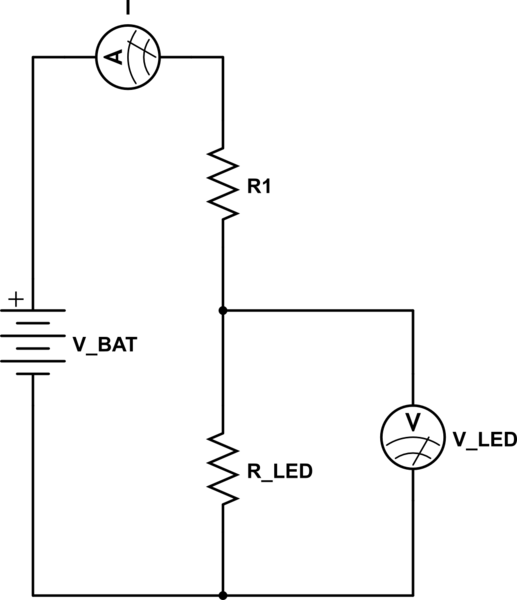I'm band new to electricity and electronics and am confused by something I saw with a recent video that explains how to connect a battery, LED and resistor together. In that article (see link for further details if you're interested), its a 9V battery, a 3V LED rated at 20mA and a resistor that are being used.
- Is it OK/safe to connect the LED to a voltage source providing more voltage than it is rated for? What potential side effects are there? I think the answer here is yes, because it seems perfectly fine to hook a 3V LED up to a 9V battery.
- Is it OK/safe to connect the LED to a voltage source providing less voltage than it is rated for? What potential side effects are there? Pretend I only had, say, a 1V battery.


